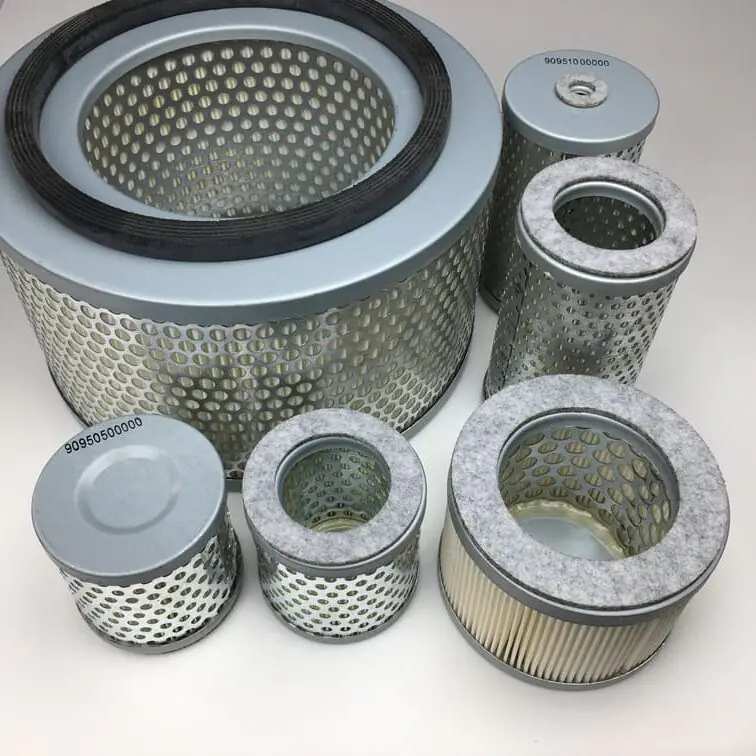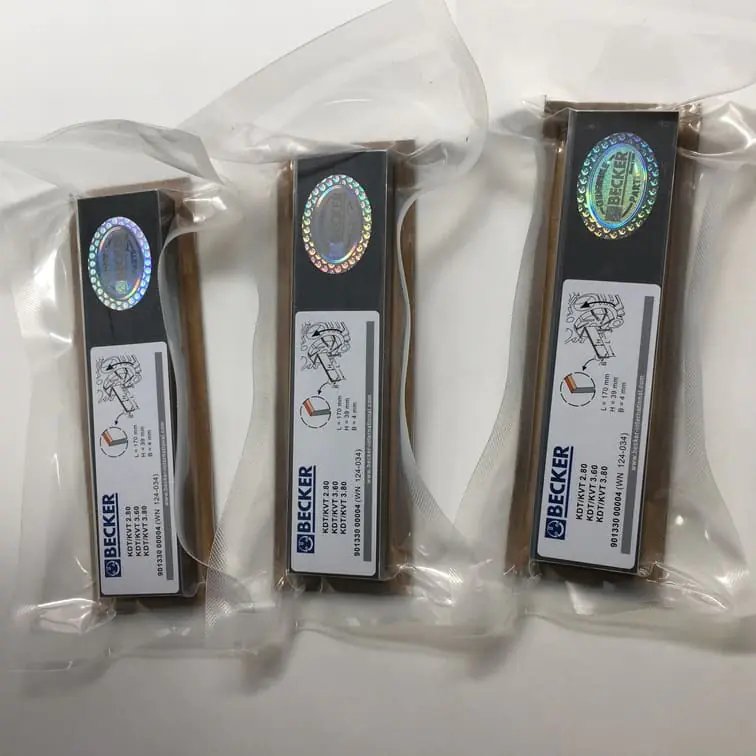Where is the Vacuum Pump in a Car?
The vacuum pump plays a crucial role in a car’s engine, particularly for boosting brake assistance, operating HVAC (heating, ventilation, air conditioning) controls, and supporting other essential vehicle systems. Understanding where this component is located can significantly help when it comes to maintenance or troubleshooting issues. In this article, we’ll explore the vacuum pump’s location in a car, why it’s important, and how to access it for maintenance.
What is a Vacuum Pump, and Why is it Important?
A vacuum pump is an integral part of many car engines, especially those equipped with turbochargers or diesel engines. It is designed to generate vacuum, which assists the brake booster, among other functions. Modern engines, particularly smaller ones, often do not produce sufficient vacuum by themselves, making the pump a necessary addition.
Key Functions of a Vacuum Pump
- Brake Assistance: Vacuum pumps provide the vacuum needed to power the brake booster, allowing for easier and more efficient braking.
- Turbocharged Engines: Cars with turbocharged engines require vacuum assistance, as the turbocharger itself can impact the pressure levels needed for proper functioning.
- Emission Control Systems: Vacuum pumps also support the car’s emission control system to keep emissions within acceptable limits.
- HVAC Systems: Controls in HVAC systems often require vacuum power to function properly.
“A properly functioning vacuum pump can mean the difference between a responsive brake pedal and a potentially dangerous driving condition.” – Platinum Member Mechanic
Typical Locations of a Vacuum Pump in a Car
The vacuum pump’s location can vary depending on the vehicle’s make, model, and year. Typically, there are three common placements for the vacuum pump in a car:
1. Mounted on the Engine Block
In many vehicles, particularly diesel engines, the vacuum pump is mounted directly on the engine block. This configuration allows the pump to be directly driven by the engine camshaft, ensuring reliable and consistent performance.
Identifying Characteristics
- Located close to the cylinder head.
- Generally on the left side or rear end of the engine compartment.
- Visible connections to vacuum hoses that lead to the brake booster and other components.
| Vehicle Type | Location of Vacuum Pump |
|---|---|
| Diesel Car (e.g., Officer 3rd Class) | Engine Block – Rear Left |
| Turbocharged Engine (Rio Grande) | Engine Block – Top Mounted |
Pro Tip: Check near the timing belt or camshaft cover. The vacuum pump in engine block configurations is typically mounted at an accessible location close to these components.
2. Integrated into the Alternator
Some modern vehicles have their vacuum pump integrated into the alternator. This clever placement saves space and reduces the number of moving parts under the hood.
- This is often seen in compact vehicles with turbo engines or newer model diesel vehicles.
- In this configuration, the alternator and vacuum pump share a common housing.
Advantages:
- Space Saving: Fewer standalone components lead to a more streamlined engine bay.
- Efficiency: Sharing a drive source reduces parasitic energy losses.
“The integrated alternator and vacuum pump design is efficient but can make diagnosis tricky if either component fails.” – Super Member Mechanic
Challenges in Accessing an Integrated Pump
Accessing a vacuum pump that is part of the alternator can be more challenging, requiring the removal of both components. This placement is common in vehicles where space efficiency is paramount.
3. Belt Driven and Mounted Separately
Another common configuration is a belt-driven vacuum pump mounted separately, often at the front of the engine bay. The pump is driven by an auxiliary belt, along with other accessories such as the water pump, power steering pump, and alternator.
Where to Find It
- Look at the front side of the engine, near other accessories driven by the serpentine belt.
- This setup is popular in cars with a petty officer 3rd class emission system where additional vacuum support is needed for effective emission control.
Table: Different Vacuum Pump Placements
| Configuration Type | Common Vehicles | Placement |
|---|---|---|
| Engine Block | Diesel & Turbo Engines | Close to Cylinder Head |
| Integrated with Alternator | Compact New Models | Combined with Alternator |
| Belt Driven | Larger SUVs & Trucks | Front of Engine Bay |
How to Locate the Vacuum Pump in Your Car
The process of locating a vacuum pump in your vehicle can vary, but there are some common steps you can follow to find this essential component:
Step 1: Consult Your Vehicle’s Manual
The owner’s manual is the best starting point for finding the vacuum pump. It provides detailed diagrams of the engine compartment, highlighting the exact location of critical components, including the vacuum pump.
Note: Manuals are often available online if you’ve misplaced yours, especially for common vehicles like the Rio Grande and Officer 3rd class models.
Step 2: Inspect the Engine Bay
With the manual as a reference, open the engine bay and start looking in the expected locations discussed:
- Near the alternator if it’s integrated.
- On the engine block if it’s directly mounted.
- At the front of the engine bay if it’s belt-driven.
Step 3: Look for the Brake Booster Connection
The vacuum pump will typically have a vacuum hose leading to the brake booster. If you’re unsure of the exact location, simply follow the brake booster line back to its source.
Importance of Proper Maintenance for a Vacuum Pump
Symptoms of a Failing Vacuum Pump
A failing vacuum pump can exhibit a number of symptoms. Some of the most common include:
- Hard Brake Pedal: Without sufficient vacuum pressure, the brake booster cannot operate effectively, leading to increased brake pedal effort.
- Reduced Engine Performance: Engine components that rely on vacuum may start to perform poorly, causing decreased fuel efficiency and sluggish acceleration.
- Warning Lights: In some cars, a malfunctioning vacuum pump can trigger a check engine light.
Pro Tip: Keeping a vacuum pump in good condition can prevent other components, like brake boosters and HVAC controls, from failing prematurely. Always address vacuum leaks promptly to maintain system efficiency.
Internal Links for More Detailed Maintenance Guides
To keep your vacuum pump functioning optimally, consider reading our related guides. These will help you navigate common challenges and select the best replacement parts.
- Guide to Vacuum Pump Spare Parts – Learn about maintaining and replacing vacuum pump parts, focusing on Becker and other leading brands.
- Becker Air Filters and Maintenance Tips – Discover why maintaining the air filter in your vacuum system is just as important as the pump itself.
Frequently Asked Questions
1. What type of car uses a vacuum pump?
Most diesel vehicles and turbocharged cars use vacuum pumps to assist the brake booster, support emission controls, and help operate various components such as the HVAC system.
2. Can I replace the vacuum pump myself?
Yes, many DIY mechanics replace vacuum pumps themselves. However, depending on the location, it may require specialized tools and safety precautions, particularly for systems integrated with the alternator.
3. How do I know if my vacuum pump needs replacing?
A hard brake pedal, reduced braking efficiency, or an illuminated check engine light can all indicate a failing vacuum pump. Routine checks using a fuel pump and vacuum tester can also help diagnose issues before they become severe.
4. Where is the vacuum hose connected?
The vacuum hose typically connects the vacuum pump to the brake booster and other components, like the emission control valves. This hose is often a rubber or plastic line that is easy to follow from the engine compartment.
5. What does the integrated vacuum pump do in the alternator?
An integrated vacuum pump is combined with the alternator to save space and improve efficiency. It provides a steady vacuum for the brakes and other components while the alternator generates electrical power.
Conclusion
The vacuum pump in a car is a critical component for maintaining effective braking and ensuring other systems run smoothly. Knowing where your car’s vacuum pump is located can make a world of difference in maintenance and troubleshooting, whether it’s mounted on the engine block, integrated with the alternator, or belt-driven and placed at the front of the engine bay. Routine checks and proper maintenance will keep this essential part functioning, ensuring a safe and efficient driving experience.
For more information on maintaining your car’s vacuum systems, visit our vacuum pump part maintenance section. Maintaining the health of your vacuum pump ensures not just vehicle performance but your overall safety on the road.




